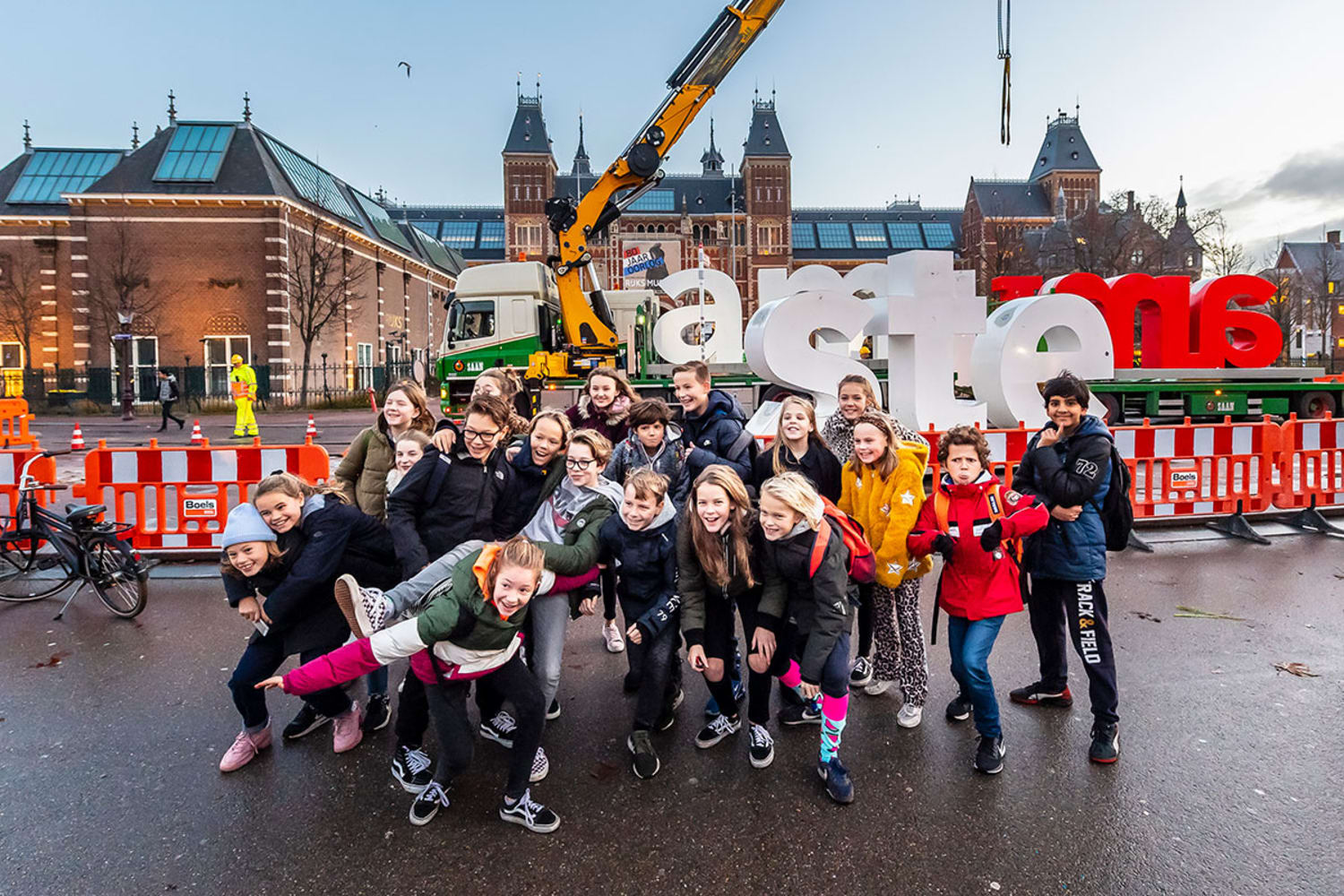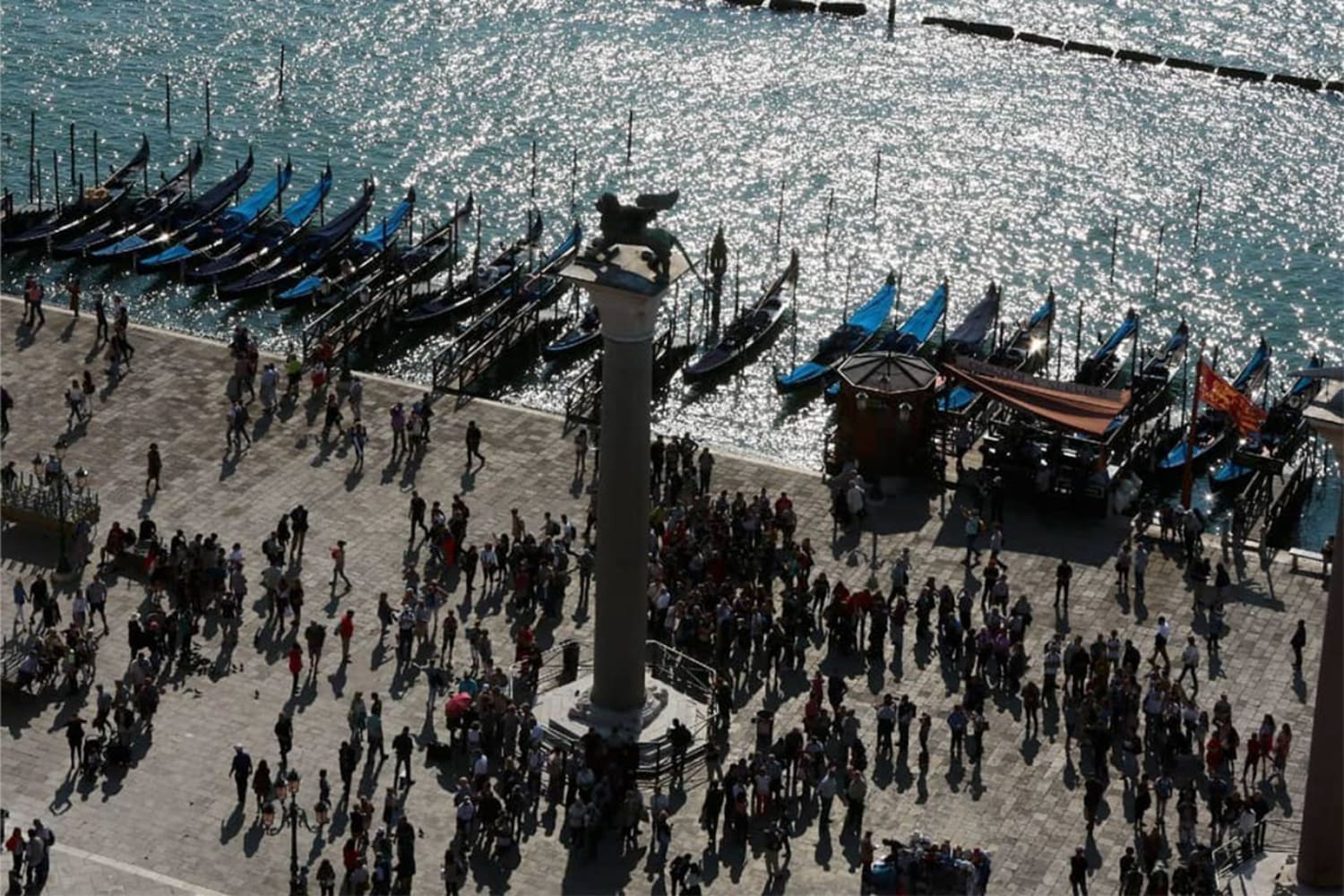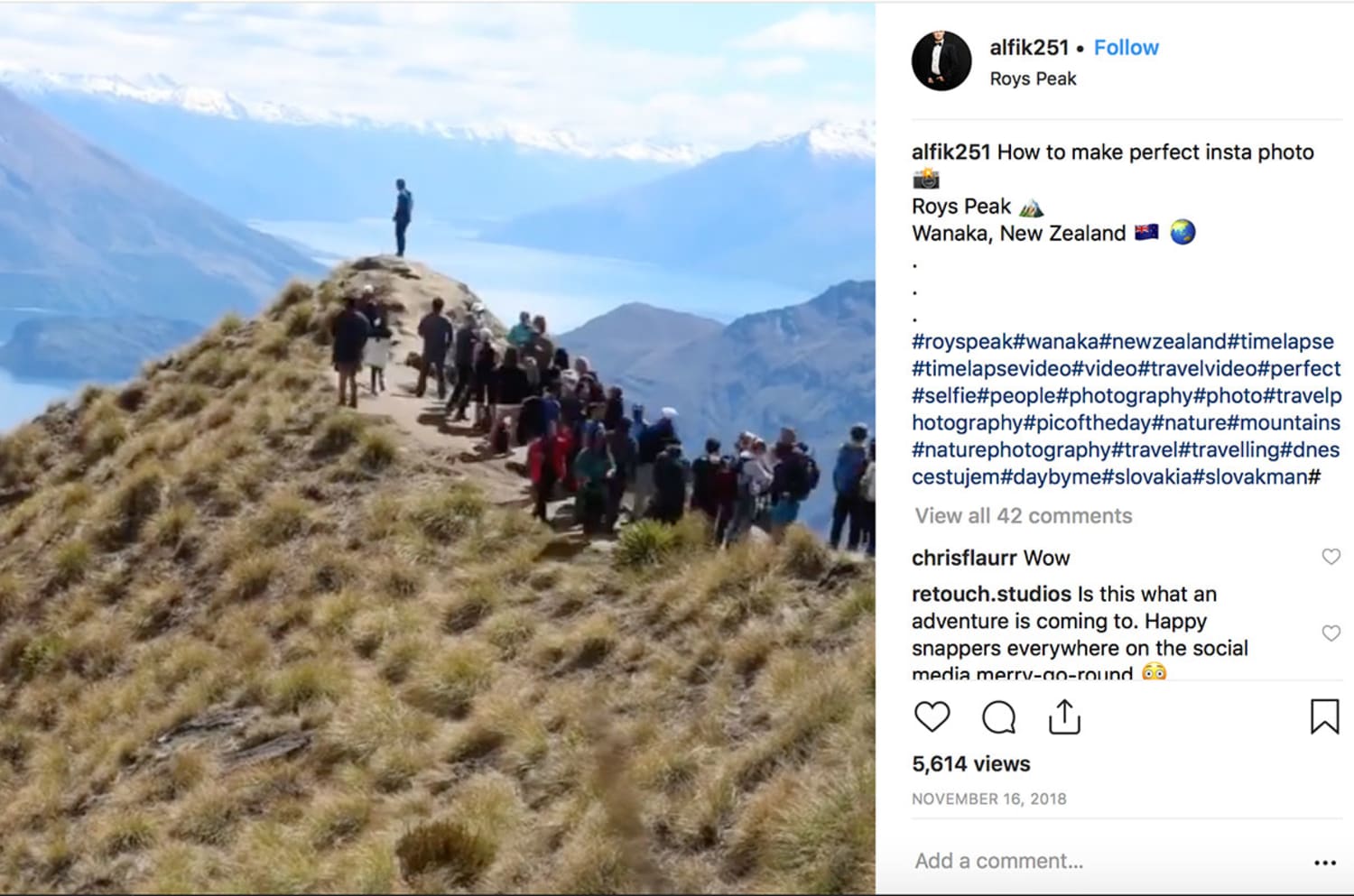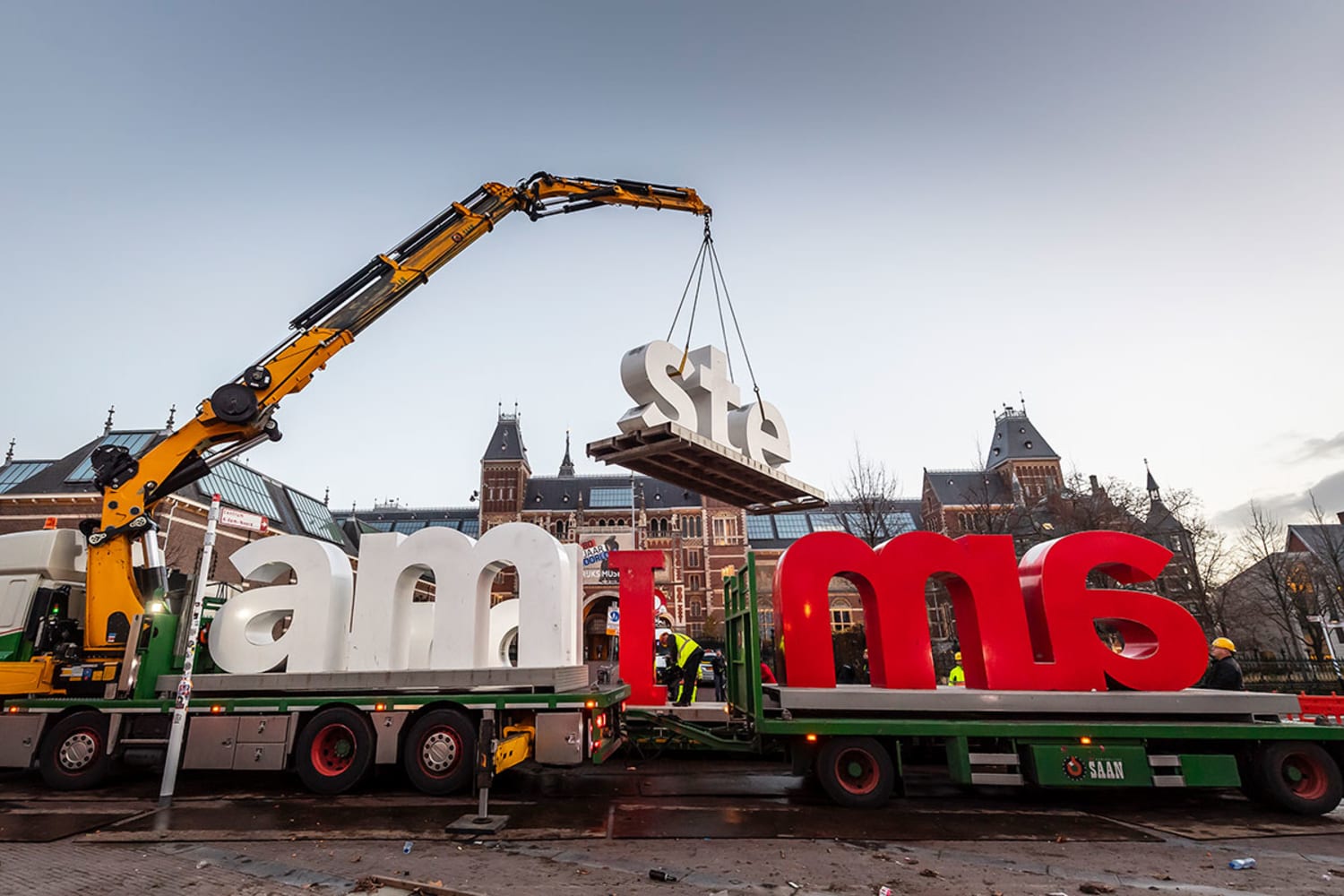Historically, cities and cultural centers have assumed a ‘more is more’ attitude towards the tourism industry, unable to resist its enticing economic boons. But now, as landmarks and monuments are becoming overrun with tourists and precious ecological systems are coming under pressure, governments and gatekeepers are taking a more conservative approach with long-term preservation in mind.
As global tourism rates surge, travel hotspots are curbing crowds in a bid to preserve their grounds and retain their identities.

Venice is perhaps the most aggressive in this. With 30 million tourists each year and an average of 80,000 visitors each day, the sinking city is particularly susceptible to the perils of overcrowding. The narrow passageways and quaint squares weren’t designed for this crush of humanity, and, in addition to concerns over the city’s water levels, it’s making Venice nearly uninhabitable for locals; as of 2016, tourists outnumbered locals 140 to 1. In an effort to preserve the city, the Venetian government has implemented a series of measures to curtail overcrowding. “We cannot prevent access to the city, and we do not want [to], but we must regulate the flow of tourists,” said Venice Mayor Luigi Brugnaro.
In December 2018, the city announced that it would begin charging an entrance fee for day-trippers to counteract over tourism. Mayor Brugnaro explained in a tweet that the fee “will help us to better manage the city, to keep it clean, to offer innovative services to guests and to make the Venetians live more decorously.” Bhutan has set a precedent for this with their $250-per-day tourist tax. Venice hopes that, like the Himalayan country, carefully controlled tourism will help keep the crowds in check.

In spring 2018, during one of the highest-traffic holiday weekends of the year, Venice implemented several measures intended to mitigate overcrowding. Select major landmarks, including the Piazzale Roma and the Constitution Bridge, were off-limits to tourists. Traffic was re-routed throughout the city, with pedestrians prohibited from walking along the famous Strada Nuova and drivers ferried to the city’s outskirts or turned away altogether if they hadn’t reserved a parking spot in advance. The city even installed gates at some bridges to limit entry if tourist numbers became overwhelming.
These measures follow the #EnjoyRespectVenezia campaign that the city launched in 2017 in an effort to encourage more mindful tourist behavior – and punish those who aren’t respectful. The campaign introduced a new set of rules for tourists, with violators facing fines of up to €500. Prohibited behaviors include swimming in the canals, pausing too long on bridges, picnicking in public areas and riding bikes through the city.

Meanwhile, in New Zealand, the search for the perfect picture is endangering local wildlife and ecological integrity. The summit of Roy’s Peak in the resort town of Wanaka has developed a cult status, drawing in thousands of visitors who trek five to seven hours to then wait in line for the perfect backdrop. The lure of this iconic Instagram shot has increased the number of visitors to Wanaka by 12% – up to 73,000 – between 2016 and 2018, according to a spokesperson for New Zealand’s Department of Conservation, who noted that the increase is thanks to the Peak becoming a “quintessential icon for the Wanaka region through social media.” Despite the associated economic boost, the abrupt and drastic increase in foot traffic has its perils; the heavy traffic is altering the terrain and The Department of Conservation has issued warnings imploring visitors to be considerate of the wildlife.

In the Netherlands, the capital is encountering similar problems. The council removed the iconic “I, Amsterdam” letters from in front of the Rijksmuseum in December 2018 after it became a trendy Instagram spot for visitors. The letters were first installed in 2004 as a marketing campaign to celebrate the city, but the overwhelming number of selfie-seekers next to and even on the letters not only detracted from its significance but also promoted unwanted mass tourism. “This slogan reduces the city to a background in a marketing story,” explained city councillor Femke Roosma. “Amsterdammers want to regain their grip on the city.”
Please provide your contact information to continue.
Related Content


